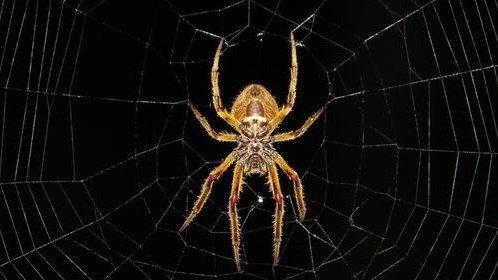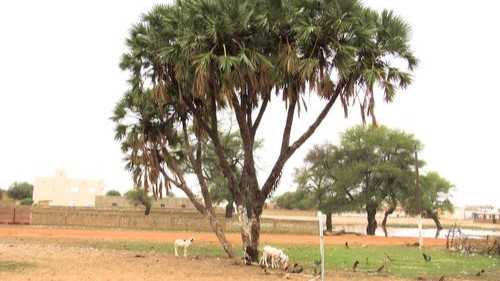Have you ever seen a swamp? With their mix of water and plants, swamps often look very different from other types of natural areas—and they can smell different, too. They are full of frogs, insects, and fish. You might not realize it, but swamps are extremely helpful to people.
There are two kinds of swamps: freshwater swamps and saltwater swamps. As you might guess, freshwater swamps are filled with fresh water, while saltwater swamps are filled with salty water, usually from nearby oceans or bays. Both types of swamps contain trees and other plants, and they are both important.
Why are swamps so important to people? First, think of swamps as giant sponges. When heavy rains fall, they are able to absorb a lot of the excess water and prevent flooding in nearby areas. When swamps are located near coastlines, they can absorb storm surges, which are huge amounts of seawater that get pushed ashore by high winds during storms.
Swamps also act as a natural filter. They purify, or clean, the water that enters them. How does that happen? The water that flows in can have a lot of nitrogen and other chemicals in it. Plants that live in swamps absorb and use these chemicals, and the water that leaves the swamp is cleaner.
Lots of damage has occurred over time that has decreased the number of swamps in the United States, along with their size and effectiveness. That’s because people didn’t understand how helpful swamps are. Some people thought swamps were wasted spaces filled with unwanted insects, so they started draining and filling in swamps. In some places, the land was used for farming.
When swamps located near coastlines were drained, those coastlines suffered, because their protection from flooding was removed. The loss of swamps also harmed communities that relied on the tasty fish and crustaceans that used to live in those swamps.
Once people realized how helpful swamps are, many decided to preserve the swamps that were still around and restore some that had been drained.
One example is in Michigan, along the Shiawassee River, which flows into Saginaw Bay and Lake Huron. Conservationists there are recreating the wetlands of the past. Projects like this are also taking place near the Great Lakes in Wisconsin and Ohio, and in wetlands in Indiana.
All of these efforts are helping local wildlife, plants, people—and swamps.









